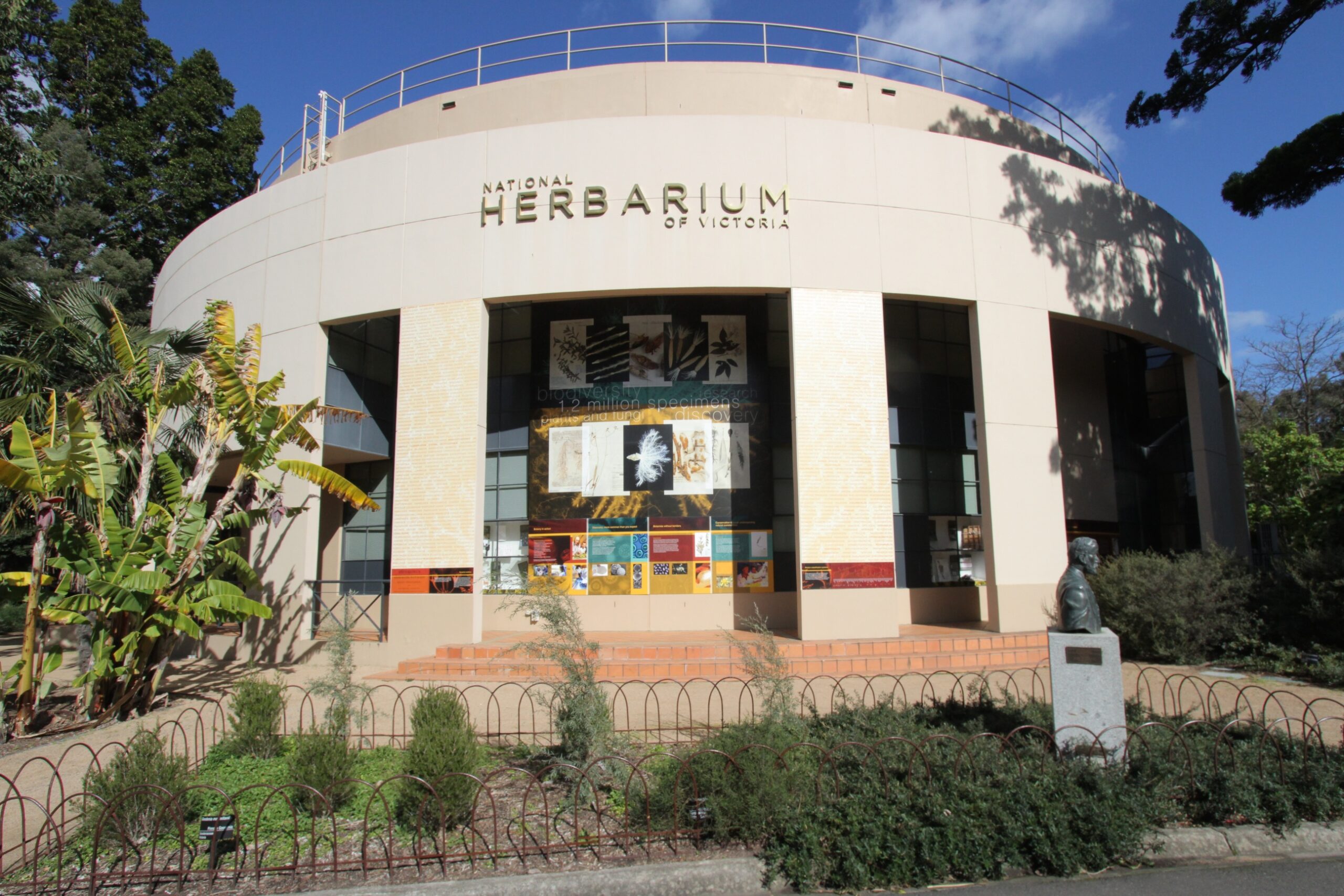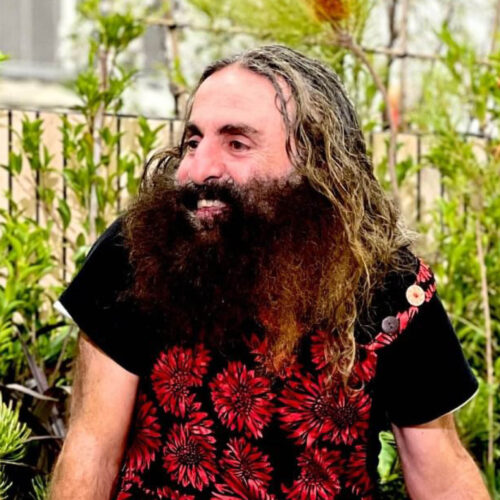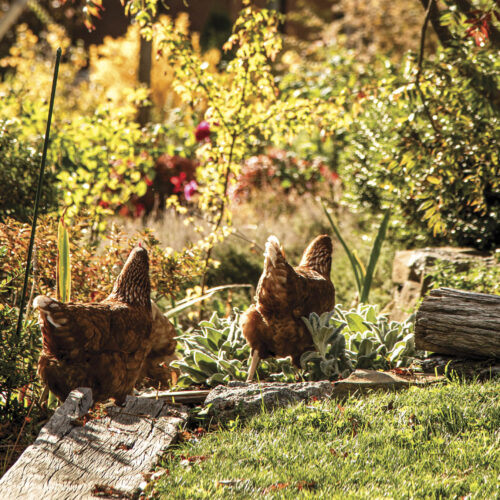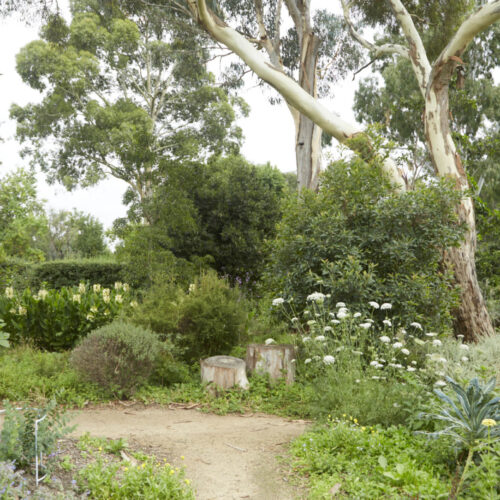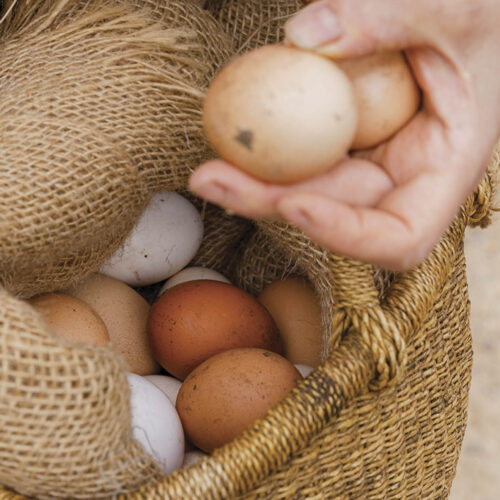Gardens for the future?
2016-08-14T08:03:50+10:00
PENNY WOODWARD says that you can have your say about these iconic gardens.
For the whole of August the Royal Botanic Gardens Victoria want people to share their ideas about the Melbourne Gardens. But not just what is already there, also what you would like to see in the future. It was one of my Dad’s favourite places and I would often walk with him there trying to solve the problems of the world. Even when he was unwell, these magical gardens made us both feel better. Going back there now is still a bittersweet experience. Gardens are such important places for relaxation and connection that I’m sure that many Australians will have strong feelings about these gardens. Garden management wants your help to prepare a 20-year master plan for this historic and world-famous botanic garden. With 1.6 million people visiting every year there must be many people who would like to contribute.
Gardens CEO Tim Entwisle has asked for our boldest and bravest ideas, while Chris Cole, the Director of Melbourne Gardens wants ideas from all parts of the community.
He says, “Our aim is to create a strong Master Plan that provides a vision that celebrates the past, and plans for the future. Melbourne Gardens has a special place in the hearts of many Victorians. It is a place where people have fond memories of rolling down the hills when they were young, visiting on school excursions or for special family picnics or weddings, while others love the serenity and peaceful surrounds The Gardens provide in a busy world.”
My passion is for the individual plants, some rare and threatened, others huge or beautiful or just idiosyncratic, but in particular I love the idea of the more than 1.5 million plants that are preserved in the Herbarium. This week I was lucky to get a short guided tour of the Herbarium at the RBGV Melbourne. Herbariums are essential sites for botanical scientific research and the Melbourne Herbarium houses more than 1.5 million plant and fungi samples collected from across the world over more than four centuries. The earliest was collected in the 1600s and there are plant samples from Dr Livingstone’s expedition in Zambesi in 1861, as well as nardoo collected at Cooper Creek from the Burke and Wills expedition and the original Banksia serrata, collected by Banks and Solander at Botany Bay in April 1770. Such a wealth of history and so much important scientific research that happens behind the scenes at The Herbarium. The Herbarium is not open to the public but there is an interesting Herbarium walk along the front of the building that tells you more about the important science that is carried out there.
If I am only allowed one wish for The Gardens in the next 20 years it is for a state-of-the-art Herbarium that can store and display these essential and often beautiful plant samples so they can be shared and enjoyed and used by many generations to come.

